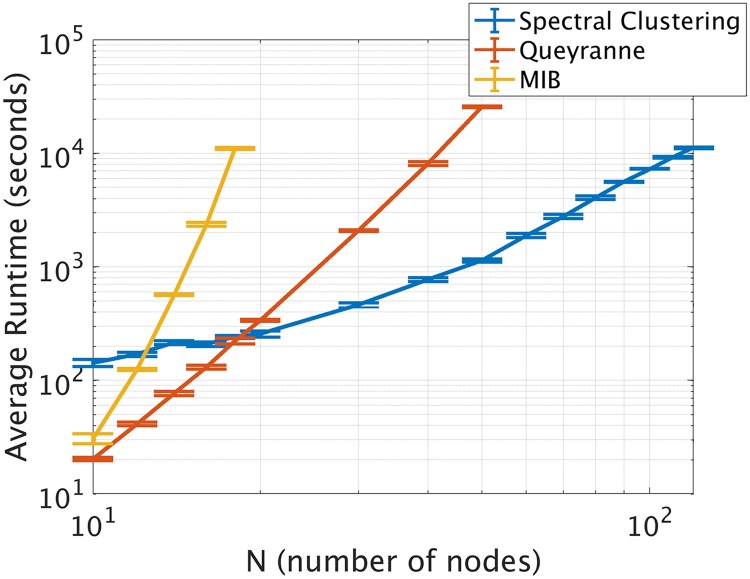Fig 6. Average run time across for the three algorithms as a function of network size.
Error bars indicate standard error of the mean across five networks of coupled oscillators of a given size. For very small brain-like networks (10-14 nodes), our spectral clustering-based approach is slower than either the Queyranne algorithm or a brute-force search for the MIB. This is because our algorithm searches through a fixed number of candidate graph cuts (see Methods). But, this feature is also the algorithm’s strength: because our algorithm searches through the same number of candidate partitions for large systems as it does for small systems, its computation time scales much less steeply than that of the other two algorithms. If our algorithm were to search through more partitions (for e.g. by iterating through more threshold values of the correlation matrices—see Methods), then it would be slower, but its run time would still scale far less steeply than the other two algorithms, because the number of candidate partitions would remain fixed.

